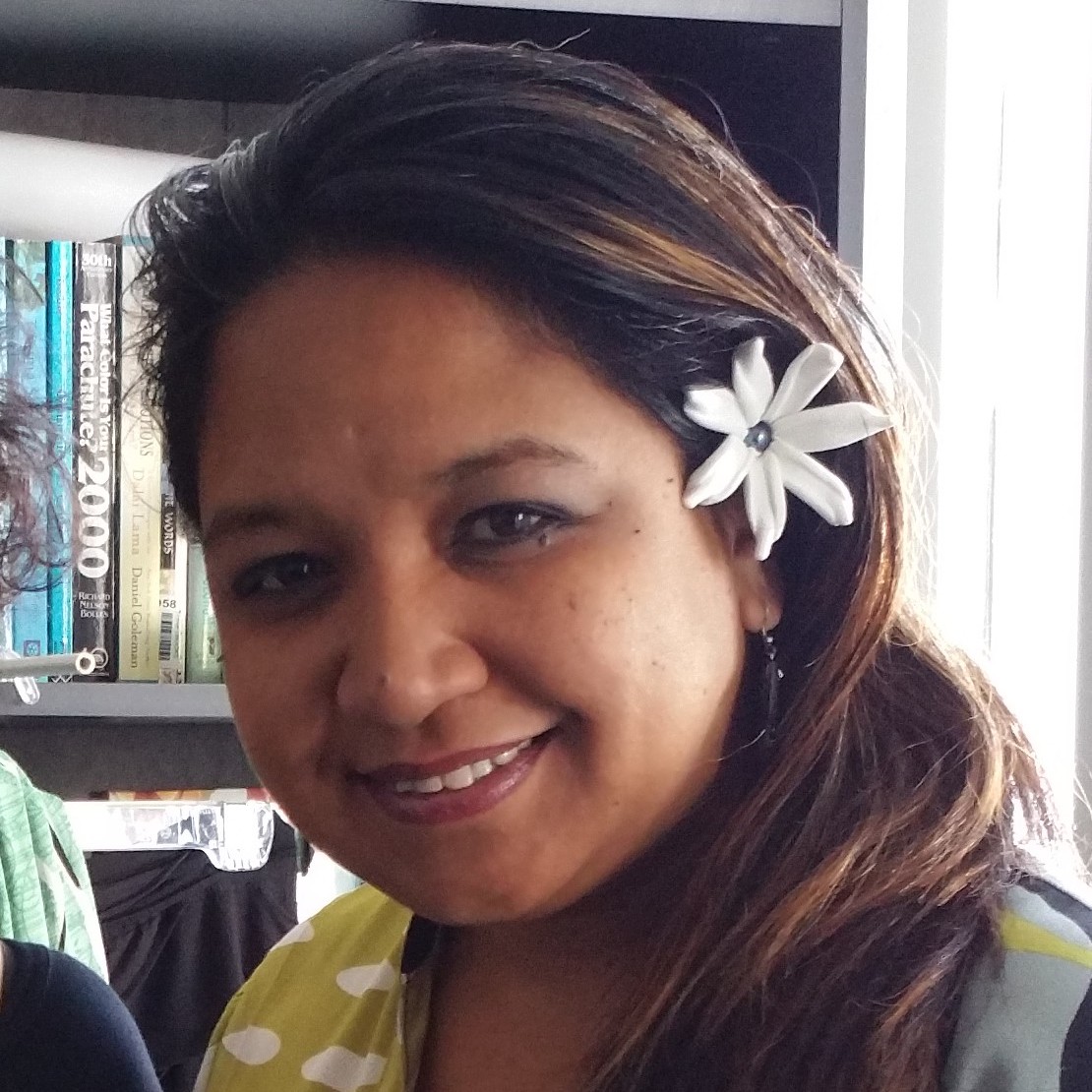Our Story
Two Hawaiian women intrigued by the emotional effects of the moon (mahina) phases began talking story. If the moon affects the oceans tides, how does it affect women (wāhine)?
Their ancestors knew... the mahina informed specific days to plant and fish to feed whole societies.
Much of the answers lie in the stories of old (ka wā kahiko).
It was then that they were reintroduced to Hina, the Hawaiian Moon Goddess. Hina and her journeys are fondly known throughout the pacific islands as well as New Zealand (Aotearoa). In Hawai’i, Hina is also known as the mother of the island of Molokaʻi and the mother of Maui, who captured the sun.
Phase by phase, they began to unveil the deeper meaning (kaona) of each of the 29.5 phases from the new moon (hilo) to no moon (muku).


